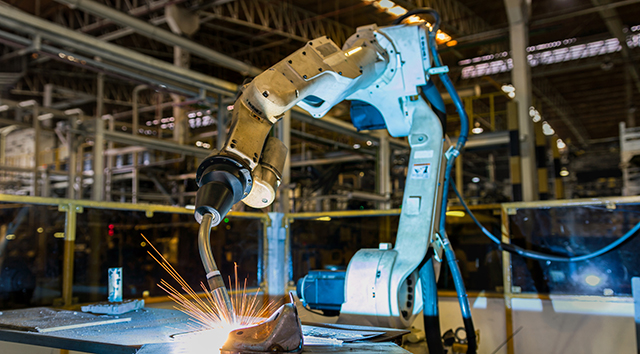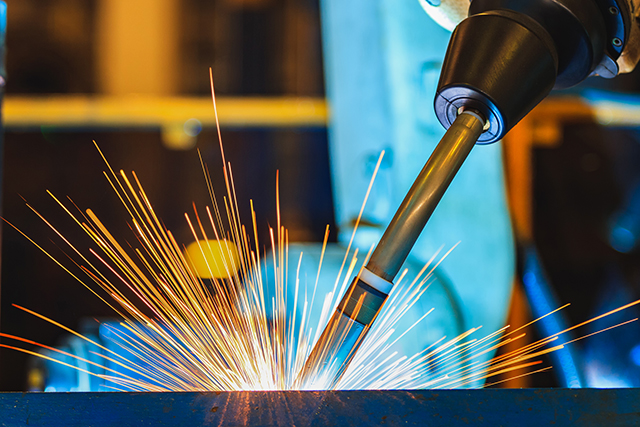
Catching Up to History: FEA and the Tesla Connection
There is little doubt that the popularity of scientist Nikola Tesla has been on the rise in recent years. For one reason or another, his name has moved from history’s back channels to the foreground.& …

How Finite Element Analysis Is Accelerating Change
Finite Element Analysis Accelerates Change. If you read history books, you’ll discover that every single generation since the dawn of time seems to feel as if the changes in their lifetime are more ea …

3 Up-and-Comers Using Finite Element Analysis (FEA)
By using Finite Element Analysis (FEA), product designers are now able to bring their goods and services to the market more safely and effectively than ever. Through computer-based models, products ca …

Will FEA Really Save Me Money?
FEA and money. It’s been said that you have to spend money to make money, and there’s some truth to that. While current economic situations increase the pressure on businesses (particularly start-ups) …

How Does FEA Save You Money?
Right now, we’re all keeping an eye on our bottom lines. With the economy still in flux due to the shakeup brought on by COVID-19, we’re all doing what we can to keep ourselves in the black.
…

FEA Refinements Boost Capabilities
One of the more enjoyable aspects of living in a technological age is the ease with which we can access news and information. At any moment, we can learn about new inventions and fresh developments in …

What’s New in the World of FEA? Check Out Our Summer News Roundup!
Over the past few years, the industry has seen an uptick in the use of FEA (Finite Element Analysis). Of course, this is unsurprising, given the software’s versatile applications. Through running mode …

Leveraging FEA for Pre-Production Needs
In some situations, speed is of the essence. Think of self-styled “fast food” or “quick service” dining establishments. If such restaurants are unable to provide quality food quickly enough, their cli …

Past, Present, or Future: We’re Here to Meet Your FEA Needs
When it comes to Finite Element Analysis, more companies than ever are putting this new technology to use at various points in the production process. Everything from the probability of fractures in c …

American Hydroformers: How FEA Can Lower Your Costs
To some people, adding an extra step to your production process may sound counter-intuitive; however, if that step is to consider Finite Element Analysis (FEA), then it might not sound so crazy after …
